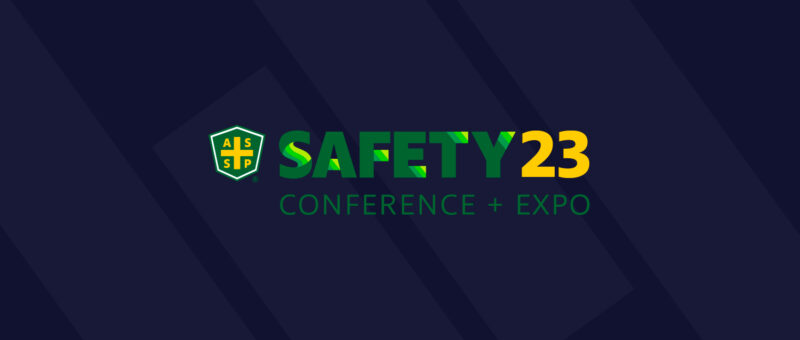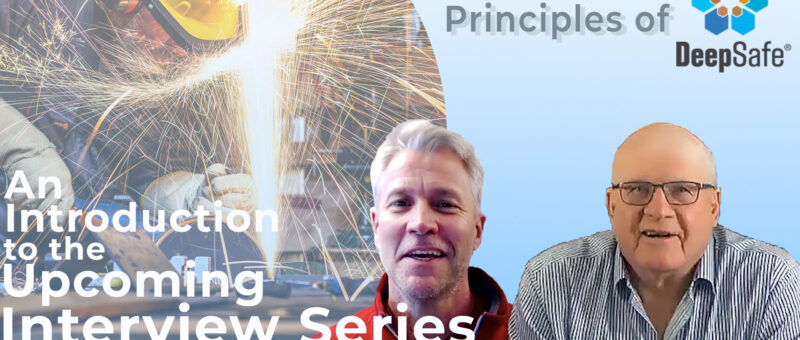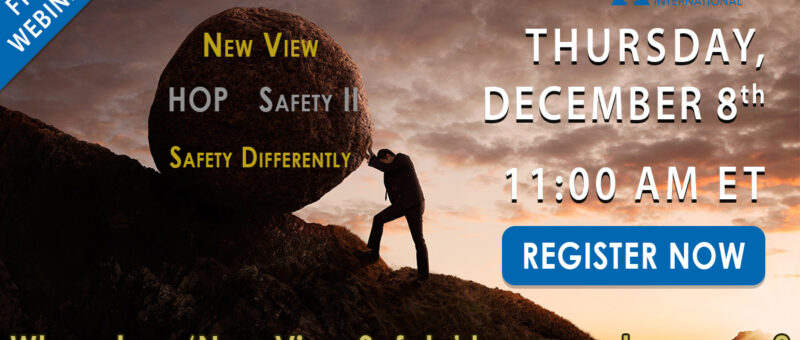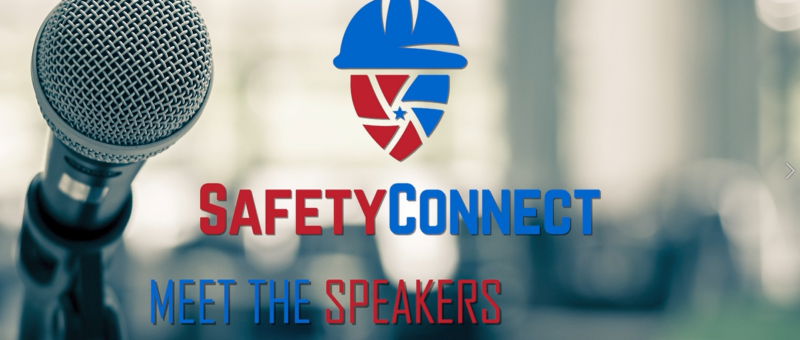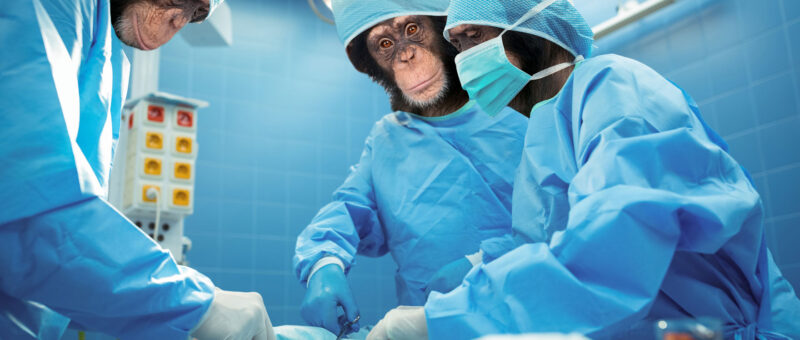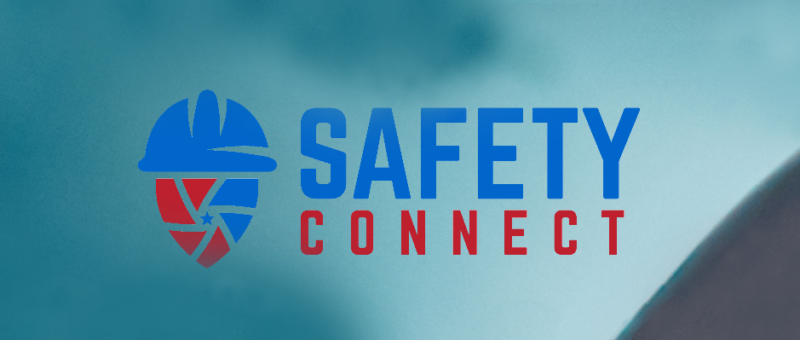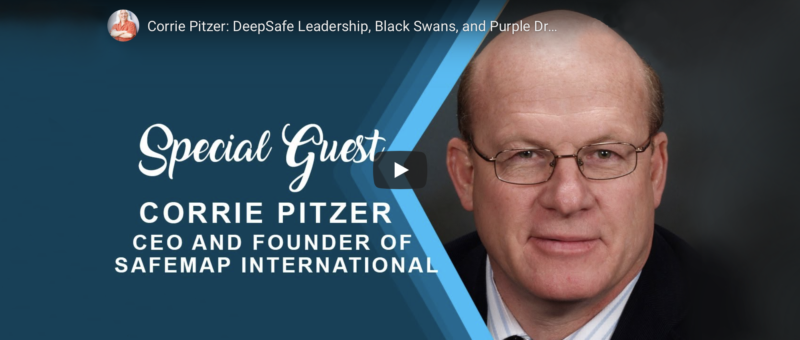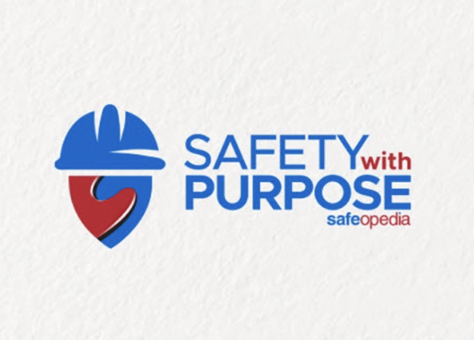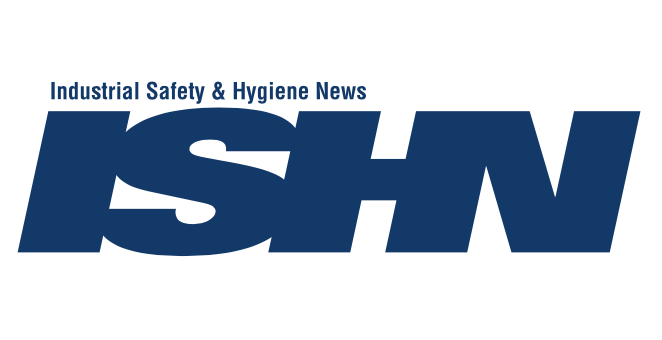Corrie Pitzer is a specialist in behavioral safety and strategic safety management. His company, Safemap International, has numerous international clients. ISHN exchanged emails with Corrie regarding his keynote address at this year’s National Safety Congress & Expo.
Corrie discusses Safety I, Safety II, and Safety III. Safety I is the current practice—injury prevention. It is slowly evolving into Safety II, which emphasizes human performance and systems controls. Safety III holds out the promise of reinventing the profession.
ISHN: Safety I is about seeking to eliminate human error. Many safety pros believe this is simply fundamental to their jobs. But is it a futile pursuit, and if so, why?
Corrie Pitzer (CP): It is a futile exercise if you want to eliminate all human error… there are many “errors” that are just human nature, a consequence of routine decision-making processes. It is especially futile because “human error” often produces optimal outcomes in one circumstance, and adverse outcomes in another.
ISHN: Safety II accepts that human error will happen. Do you think the majority of safety pros accept this?
CP: I don’t think this is accepted by many/most safety pros. The continuing influence of the BBS era has fixed the view that “behavior” is a “cause” in the accident chain, instead of it being a symptom of the systems and culture upstream.
Human error has become a very easy scapegoat/target/explanation for management, because it allows the investigation and accident analysis to stop there – and a lot of time and stress is actually saved. To make deeper and more complex analyses requires the acceptance that the system (and therefore the management) is to be blamed… so blaming the human operator is easier.
Even in a highly enlightened management team/company, I still see a focus own humans as the default – and it allows for easy fixes: training, rewards, coaching, better supervision, etc. All we often have to do is find a simple explanation, like the person mind wasn’t on the task. This is typical Safety I thinking.
ISHN: Safety III wants to “optimize” acceptance of human error? What’s the benefit of optimizing acceptance of human error?
CP: Humans have incredible skills and capabilities and that should/could optimize the role of the human in the safety chain rather than trying to eliminate the role. Humans are the most potent identifiers of risks, with skills to create new outcomes, avoid threats, adjust actions, anticipate threats, etc., in a way that no machine or computer can do. With reinforcement, support and training, the human can be the strongest link in the safety chain.
ISHN: Safety III wants to integrate safety (make it invisible) at the front end of the pipeline. With auditing, risk assessments, investigations, PPE, safety rules and discipline, how is safety made “invisible”? It seems activities are very visible, often intrusive…
CP: Yes, and if the work processes integrate safety at the front end, and as part of the deployment, day to day, minute to minute, there should be no need for audits, inspections, or even safety rules… it’s how the job is being done. There will be no “safety first” on the agenda of a meeting — every topic that is discussed in the meeting will have safety considered at that point.
ISHN: You say operators will drive this front-end integration of safety, because safety pros will gradually lose control, because control slows the business down. How do safety pros currently exert too much control in their operations?
CP: It is probably not the safety professional per se… it is the added burden of bureaucracy that comes with a legalistic society, the audits and controls, the lengthy safety procedures, the risk management framework. I am often astonished at how much time is wasted in organizations to simply comply with own procures and safety department requirements.
ISHN: You say the safety profession will split into a compliance component and a “yet-to-be-named” entity, possibly a new and separate profession with only one person in that department per company. What will this new and separate profession be about?
CP: This new profession will be focusing on the integration of culture, process and technology into high-performance outcomes.
We are at the cusp of significant advances in automation, artificial intelligence and robotics, and we will be inundated by new capabilities and superfast changes in the workplace. Safety will not be the focus, high performance will be. This profession will create a new paradigm for work – not zero harm or zero accidents, etc., but optimal risk. I call this anti-safe –not unsafe, dangerous or life-threatening –but better than safe. Where we operate near the edge of safe, but we do it fast, furious and damn well.
Original Article can be found on ISHN website here

